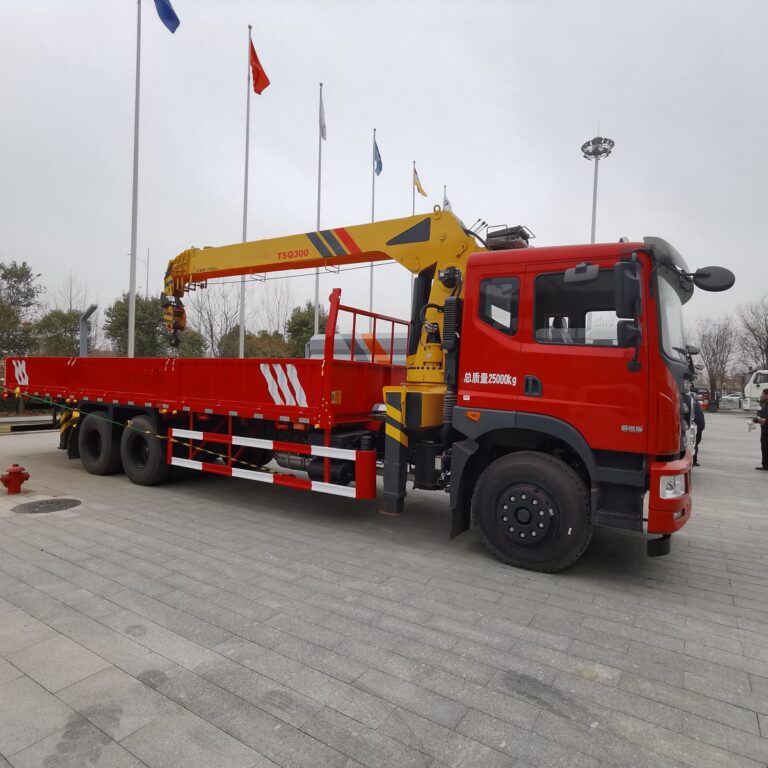Introduction to the Performance of Bridge Transport Vehicles
Bridge Transport Vehicle (BTV) is specialized equipment used primarily in the construction and transportation of large and heavy bridge components. Here’s an overview of its performance features and capabilities:
1. Load Capacity
High Payload: Bridge transport vehicles are designed to carry heavy loads, often exceeding hundreds of tons, depending on the model. This allows for the transportation of large bridge segments, girders, or other structural components.
2. Stability and Safety
Low Center of Gravity: These vehicles are engineered to maintain stability, which is crucial when transporting large loads. A low center of gravity reduces the risk of tipping during transit.
Advanced Suspension Systems: Equipped with specialized suspension systems, BTVs can absorb shocks and vibrations, ensuring a smooth ride even on uneven terrain.
3. Maneuverability
Articulated Steering: Many bridge transport vehicles feature articulated steering, allowing for improved maneuverability in tight spaces, such as construction sites.
Variable Wheel Configurations: Some models can adjust their wheel configurations to enhance mobility over different surfaces and conditions.
4. Modular Design
Customizable Setup: BTVs often have a modular design, allowing for adjustments based on the specific requirements of the load. This includes extending or retracting components as needed.
5. Operational Efficiency
Rapid Loading and Unloading: Designed for quick loading and unloading, these vehicles often include hydraulic systems that facilitate the movement of heavy components onto and off the vehicle.
Versatile Applications: BTVs can be used in various scenarios, from transporting bridge sections to moving heavy machinery, making them valuable in construction and infrastructure projects.
6. Power and Performance
High Power-to-Weight Ratio: Equipped with powerful engines, bridge transport vehicles can efficiently handle heavy loads while maintaining good acceleration and speed on roads.
All-Terrain Capability: Many BTVs are built to operate on various terrains, including rough and unpaved surfaces, making them suitable for diverse construction environments.
7. Safety Features
Monitoring Systems: Advanced models come with monitoring and diagnostic systems that track the vehicle’s performance and load status, ensuring safe operation.
Safety Protocols: Designed with safety in mind, BTVs often incorporate features such as emergency braking systems, reflective markings, and lights for visibility during transport.
Conclusion:
Bridge transport vehicles are crucial for modern infrastructure projects, providing the necessary performance characteristics to transport large and heavy components safely and efficiently. Their design emphasizes stability, maneuverability, and operational efficiency, making them indispensable in the construction industry. If you have specific questions or need more detailed information, feel free to email!










